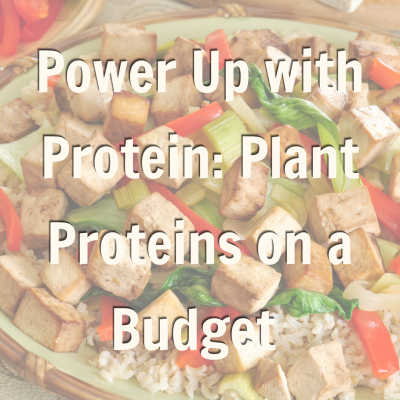
When you think of protein, your mind might jump to meat, eggs, or dairy—but did you know plant proteins can provide just as much protein without breaking the bank? From beans and tofu to whole grains and nut butters, plant-based options are nutritious, high in fiber, and budget-friendly. Plus, you can use them in all kinds of delicious meals and snacks.
Protein is essential for keeping our bones, muscles, and other tissues strong. It also helps us fight illness and keeps our blood and body fluids in balance. Eating a meal or snack high in protein helps us feel full, too, and keeps us feeling full for longer. Now let’s look at some affordable plant proteins and practical tips on including them in meals.
Easy Ways to Include Plant Proteins
Beans and lentils are part of the legume family and are some of the best sources of plant protein. High in fiber and iron, and nearly fat-free, they’re also among the most affordable high-protein foods. Canned beans are convenient, whereas dry beans cost less. Beans and lentils are easy to add to soups, salads, and grain bowls. Lentils work well in stews, curries and even veggie burgers. For more information and some delicious recipes, check out our Food Hero Monthly on lentils or beans!
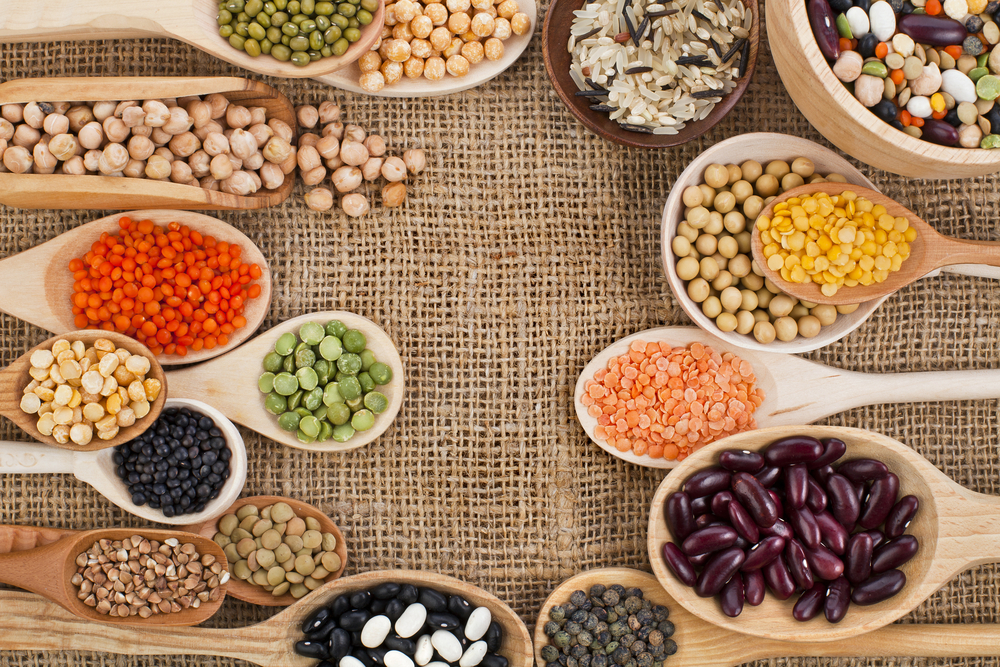
Another member of the legume family is garbanzo beans, also known as chickpeas, which are high in protein, fiber and vitamins. Canned garbanzo beans are inexpensive, and dry garbanzo beans cost even less. Try garbanzo beans in salads, mashed into hummus, or roasted with spices for a crunchy snack. Try our recipe for Dry-Roasted Garbanzo Beans. Eat them like this as a snack or add to a salad or a meal with other roasted vegetables.
Tofu and tempeh are also great high-protein options. Both come from soybeans and are rich in calcium and iron. Tempeh, a fermented product, also has probiotics for gut health. Tofu is budget-friendly and versatile—you can scramble it, bake it or add it to stir-fries. Our Tofu Scramble is a great recipe to try filled with yummy flavor from onions, pepper and greens, and topped with a sprinkle of cheese. Tempeh’s firm texture works well in sandwiches or as a meat substitute in many dishes.
Nut butters, especially peanut butter, provide protein and healthy fats for steady energy. Peanut butter is often less expensive than other nut butters, especially in larger containers. It’s great on whole-grain toast, in oatmeal, or blended into smoothies. Choosing natural options without added sugar or oils keeps it even healthier. Looking for a quick snack? Try these Cranberry Oatmeal Balls made with peanut butter (or any nut butter of your choice). You can add almonds or another nut or seed that you have on hand for some added crunch.
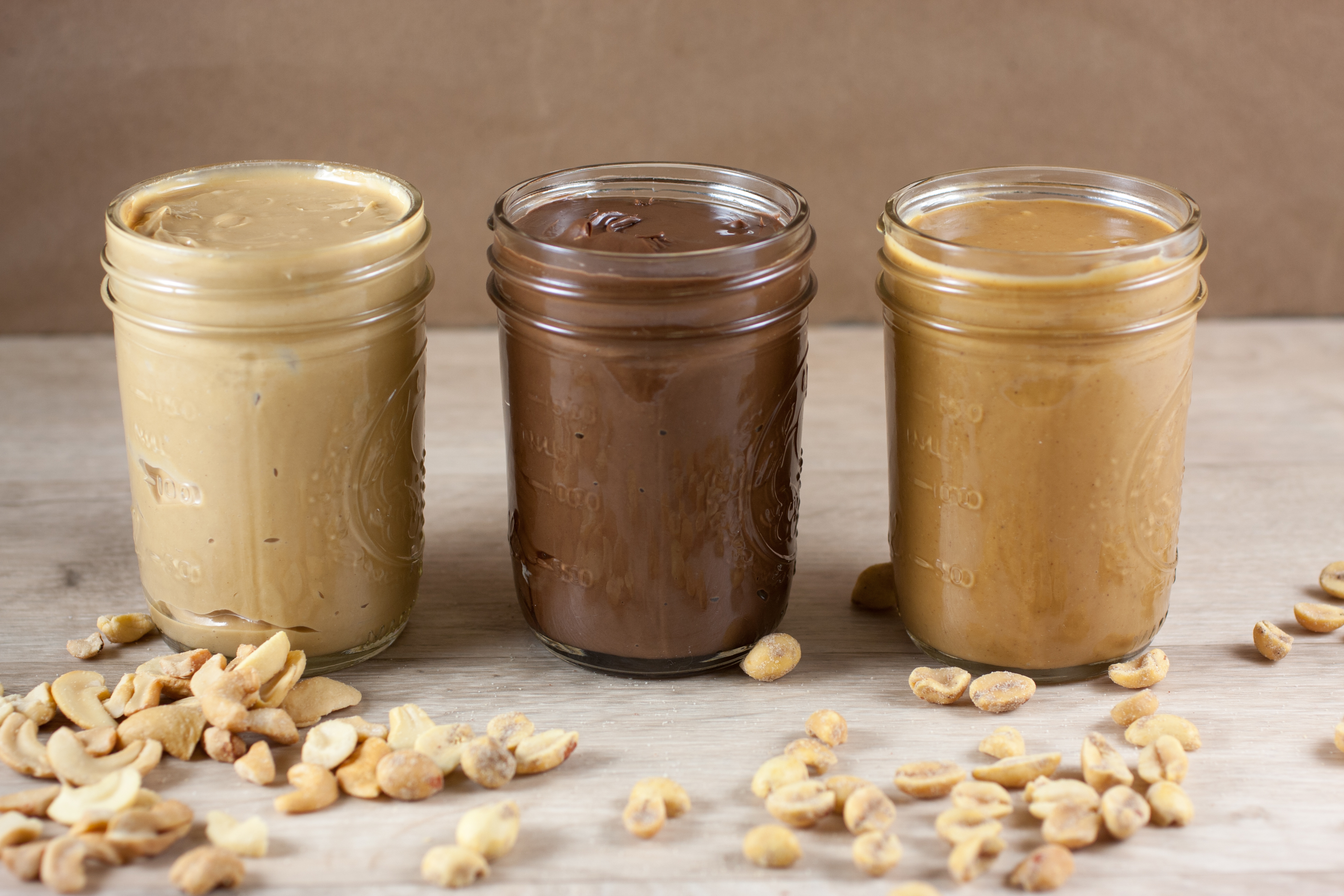
Whole grains like quinoa, oats and brown rice offer protein, fiber and essential nutrients. Quinoa can be more expensive than other grains so mixing it with other grains like oats or brown rice can make meals more affordable. Use grains in salads and breakfast bowls, or as a base for stir-fried veggies. For more information on how to cook, purchase and store whole grains, check out the Food Hero Whole Grain Toolkit!
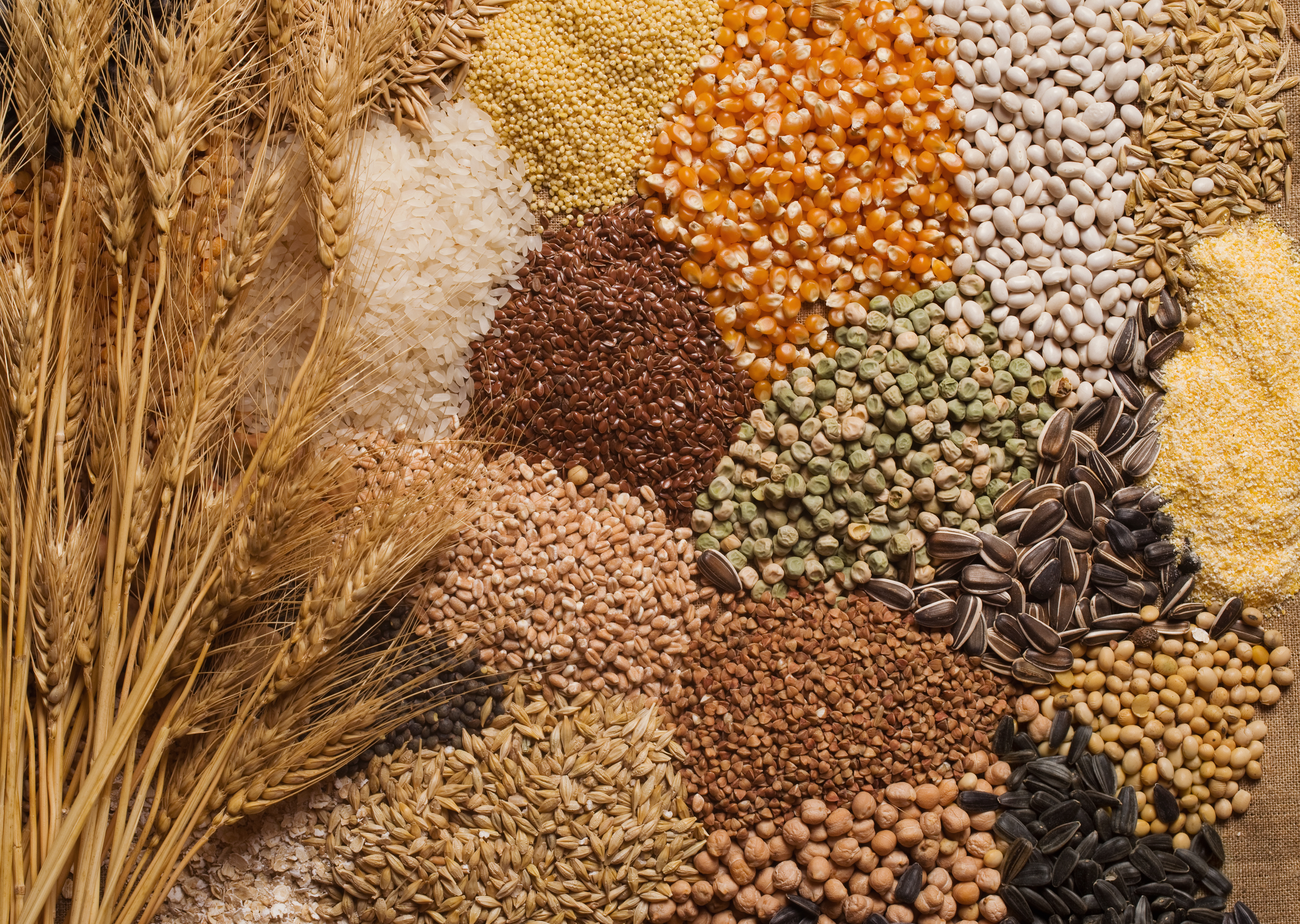
Adding plant proteins to your diet can be easy. Combine different plant proteins to create filling, balanced meals. Put beans and grains in salads, or tofu with veggies in stir-fries. Cooking large batches of beans, whole grains or tofu can save time and make meal prep easier. Adding spices, herbs or sauces can enhance their flavor. For some spice-blend inspiration, check out our Food Hero Monthly on herbs and spices!
Shop Smart
Buying in bulk and choosing store brands are two great ways to save on dry beans, lentils and whole grains. If you cook more than you need, freeze the leftovers—many plant proteins freeze well and are easy to reheat. A kid-approved recipe that’s easy to make in bulk and freeze for later is Vegetarian Chili.
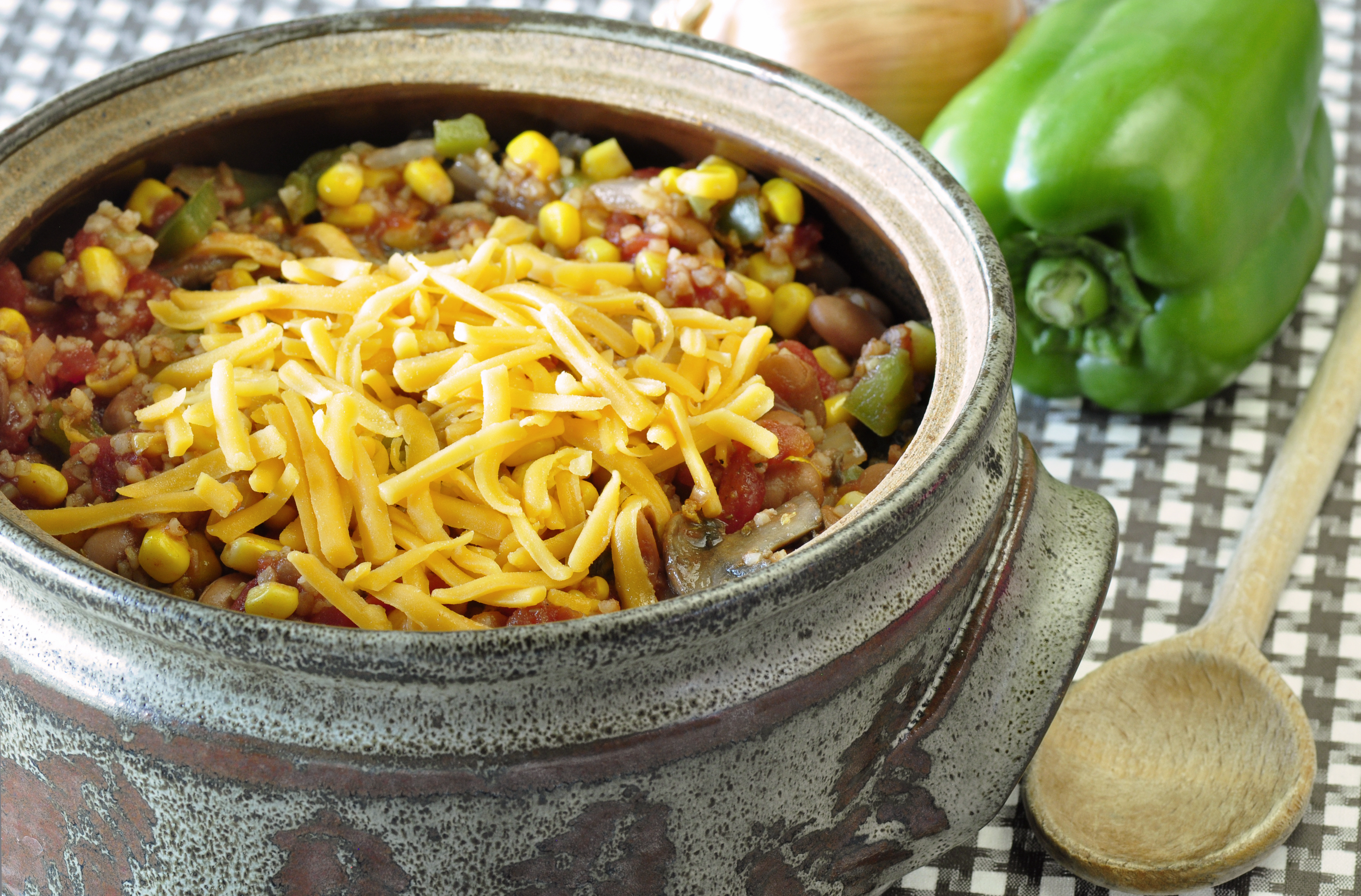
As you can see, nutritious, fiber-rich plant proteins are a low-cost choice for satisfying and healthy meals. Think about the next few weeks, what would you like to try?




